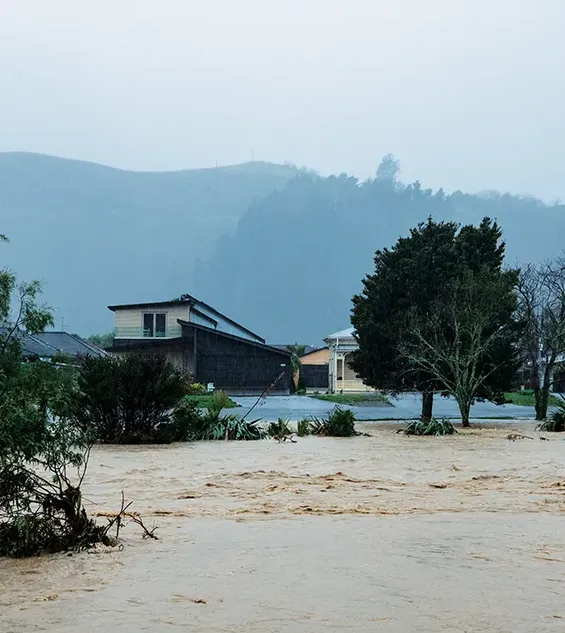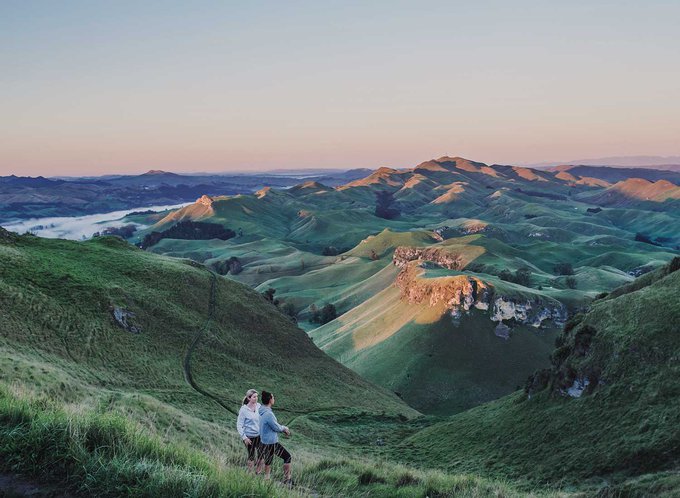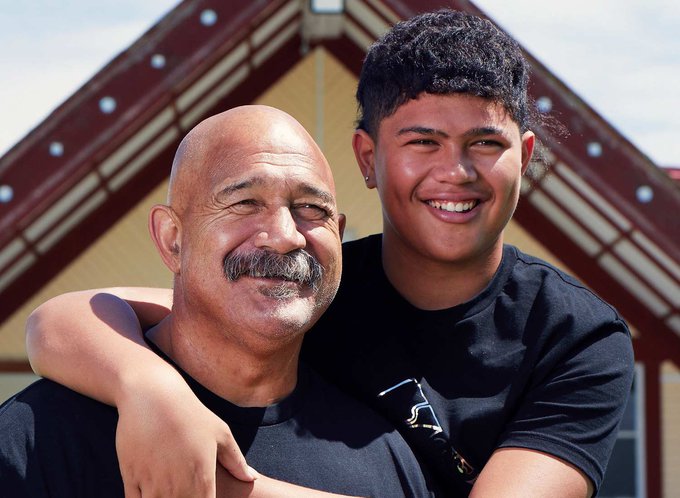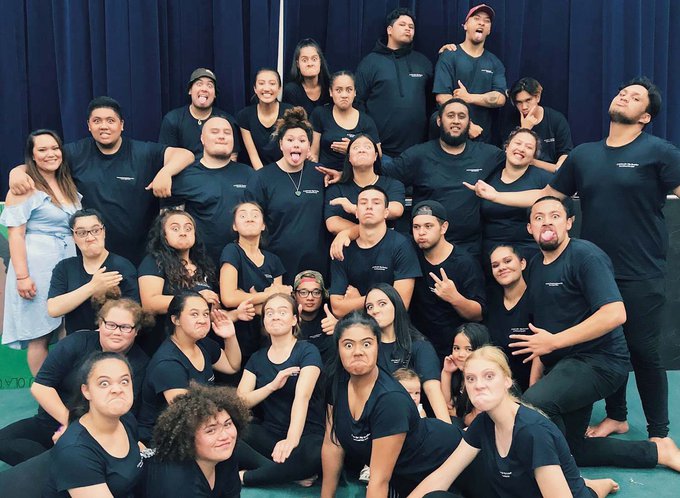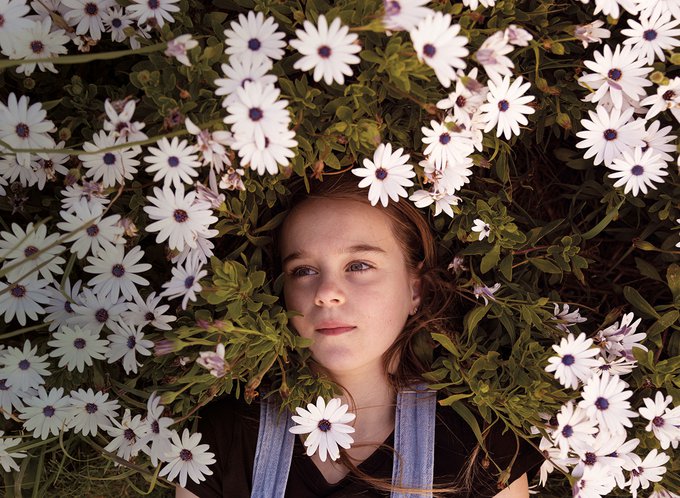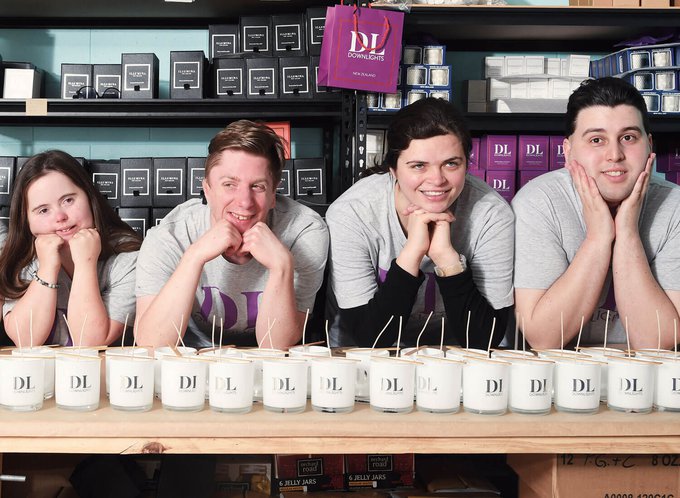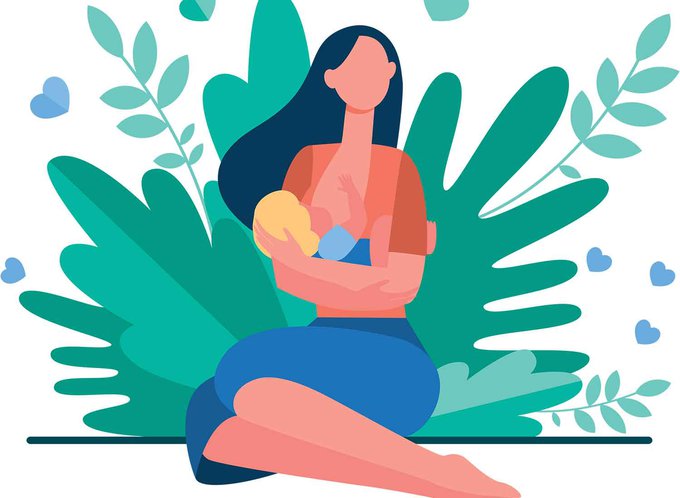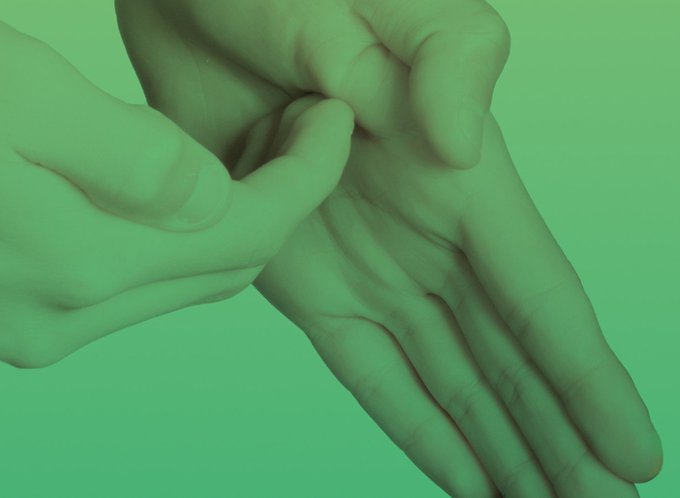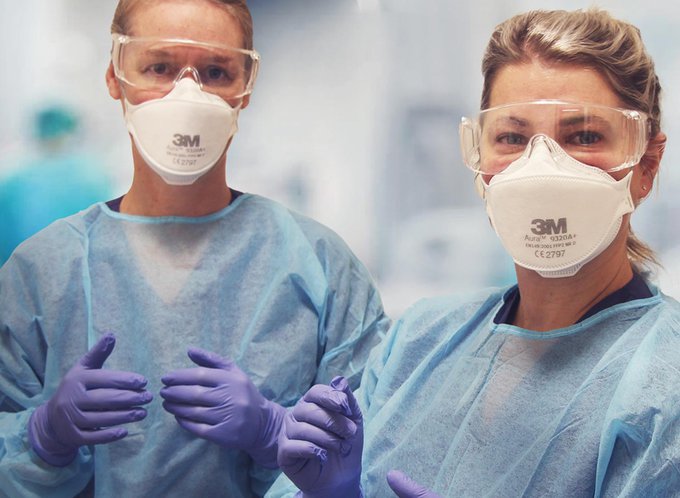After Cyclone Gabrielle devastated regions down the North Island’s East Coast, ringa raupā (Do-er community organisations that have been supported by the MAS Foundation) stepped up to support their communities.
MAS Foundation has a number of partnership relationships in the region that it contributes funding towards. Head of MAS Foundation Mafi Funaki-Tahifote says, “Our immediate response was to connect with ringa raupā we have existing relationships within Te Tai Rāwhiti (East Coast) to listen and identify areas of support we could assist with. Despite their own lives being personally impacted by the devastation, many ringa raupā stepped up to support others in their community.”
MAS Foundation head Julie Wharewera-Mika (Ngāti Awa, Ngāi Tūhoe, Te Whānau-ā-Apanui says, “It was heart-breaking to see the devastation caused by Cyclone Gabrielle, which highlighted the vulnerability of Māori communities in Te Tai Rāwhiti and Te Matau-a-Māui (Hawke's Bay) as many marae and urupā (cemeteries) are located in coastal, low-lying areas that are prone to flooding and sea-level rise.”
MAS Foundation supports community-led responses to improve wellbeing with system change potential.
Julie says, “We have seen admirable ringa raupā community leadership from our Te Tai Rāwhiti and Te Matau-a-Māui whānau. An ao Māori (Māori world view) approach in response to the increasing impact of climate change is critical. Mana whenua know and understand their whenua and can utilise mātauranga (Māori knowledge), whakapapa (connectivity), kaupapa (key issues), community and tikanga (principles and practices) to reduce future risks and ensure the whenua is recloaked for future generations.”
OnMAS checks in with three ringa raupā to hear how the cyclone affected them and their community.
Insights from Wairoa: “10 times worse than Bola”
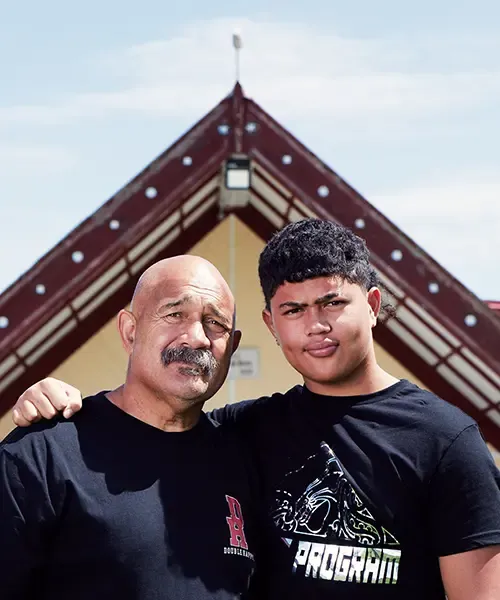 Wairoa local Morehu Munro (Ngāti Kahunguna) (pictured left) was working for the armed forces in 1987 and was involved in the recovery team after Cyclone Bola. He says the damage in Wairoa caused by Cyclone Gabrielle in February was 10 times worse.
Wairoa local Morehu Munro (Ngāti Kahunguna) (pictured left) was working for the armed forces in 1987 and was involved in the recovery team after Cyclone Bola. He says the damage in Wairoa caused by Cyclone Gabrielle in February was 10 times worse.
“The recovery process is hourly, daily, weekly, monthly. We say ake tonu atu – it’s forever. We will never see Wairoa how we did before the cyclone again.”
Morehu says the town’s isolation meant they were used to being resilient and needing to fend for themselves. But months down the track, many residents are still struggling to get back on their feet, with houses lost and businesses shuttered.
“The clean-up is ongoing, it’s laborious, it’s hard work. We’re climbing underneath houses to dig the silt out. We’re a community that sticks together, and we will get the job done.
“In the first seven days, we were high on adrenaline, shock and sadness. But we look at the predicament now and see the realities of people’s lives. Some people were insured, some people weren’t insured. The elderly people and the health toll it’s taken on them – you see it in their eyes.”
Morehu, whose MAS Foundation-supported work featured in the March 2022 issue of OnMAS, runs Te Ohonga Ake, a kaupapa designed to help Wairoa’s rangatahi (youth) develop their leadership skills and reconnect with their whakapapa.
Since the cyclone, he has focused on giving the young people a break from the realities of their lives. He takes groups to Rotorua where they have been going luging and white-water rafting and staying at the holiday park.
“Rangatahi, they’re still traumatised. They’ve been digging out their nannies’ and papas’ houses, pulling walls down while nanny’s crying. Morning to night, they’re trying to help their whānau, their hapū, their marae rebuild themselves.”
Morehu says even just going to the movies and enjoying kai together is enough for them to change their spirit.
“I can see the weight come off their shoulders. They laugh differently in Wairoa. When we’re in another town, we hear the ordinary rangatahi laugh, full of noise and happiness. When they’re in Wairoa doing the mahi, they laugh but it’s not the same. It’s full of sadness.
“They have a weekend away, and they come back rejuvenated. I see it in their eyes. They’re ready to come back and give it another shot.”
He has also been holding events in Wairoa like barbecues and movie nights to get the town’s young people together to share and support each other.
“They give their testimony, and people have got braver and braver because they trust it to be a safe group. One got up and said he’d never seen his dad cry before the cyclone. He never knew his dad could cry. He said ‘now when I see him cry, I know it’s OK to cry too.’ And that’s made it OK for other kids to get up and say they’re allowed to cry.”
Creating a space for healing
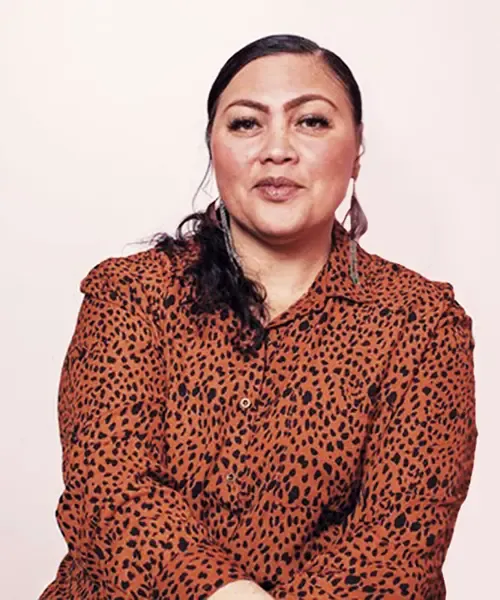 Kristyl Neho (Ngāti Kahunguna, Ngāpuhi) (pictured) founded Maia Dreams in Hawke’s Bay about five years ago to help build confidence in rangatahi and tamariki through performing arts, hauora (wellbeing) and tikanga Māori.
Kristyl Neho (Ngāti Kahunguna, Ngāpuhi) (pictured) founded Maia Dreams in Hawke’s Bay about five years ago to help build confidence in rangatahi and tamariki through performing arts, hauora (wellbeing) and tikanga Māori.
She’s run the Confident Me programme for 14 years, and over the last year, she has been focused on building stronger relationships with schools and whānau to offer a wraparound service to ensure the progress made through the non-profit’s programmes have a lasting impact in young people's lives.
“We’re all about organisations working collaboratively to provide opportunities for our children to grow,” Kristyl says.
Maia Dreams has been working with tamariki from Omahu School, which was flooded during Cyclone Gabrielle and is now operating out of nearby Irongate School in Flaxmere. Maia Dreams works collaboratively alongside Conrad Waitoa from Inspire in Education to give young people a chance to process what had happened to them.
“A few rangatahi have struggled with the lack of control or not being able to really express themselves because it’s not the top priority to express your feelings on how this has impacted you when you’re homeless, you’ve got no food, your community is struggling.”
Kristyl says the need for mental wellbeing support has grown exponentially. Maia Dreams usually works with 500 to 600 children a year, but this year that number is well over 1,500.
“It’s really important that you work with what’s happening in the emotional moment as opposed to waiting six or seven months down the track with these other things that have compiled on top of it.”
For the past three years, Maia Dreams has been working with the Ministry of Education, Toitoi Hawke's Bay Arts & Event Centre and Daniel Betty on the Aumangea Project – Aumangea means bravery – which aims to teach tamariki and rangatahi how to equip themselves to become more confident, resilient and connected to their identity.
Since the cyclone, six Hawke’s Bay schools have been participating in the Aumangea Project using performing arts and mātauranga Māori to help the tamariki come to terms with and heal from their experiences. The programme culminated in a day of performances at Toitoi Hawke's Bay Arts & Event Centre in late June.
Learn more about Maia Dreams’ mahi at maiadreams.com
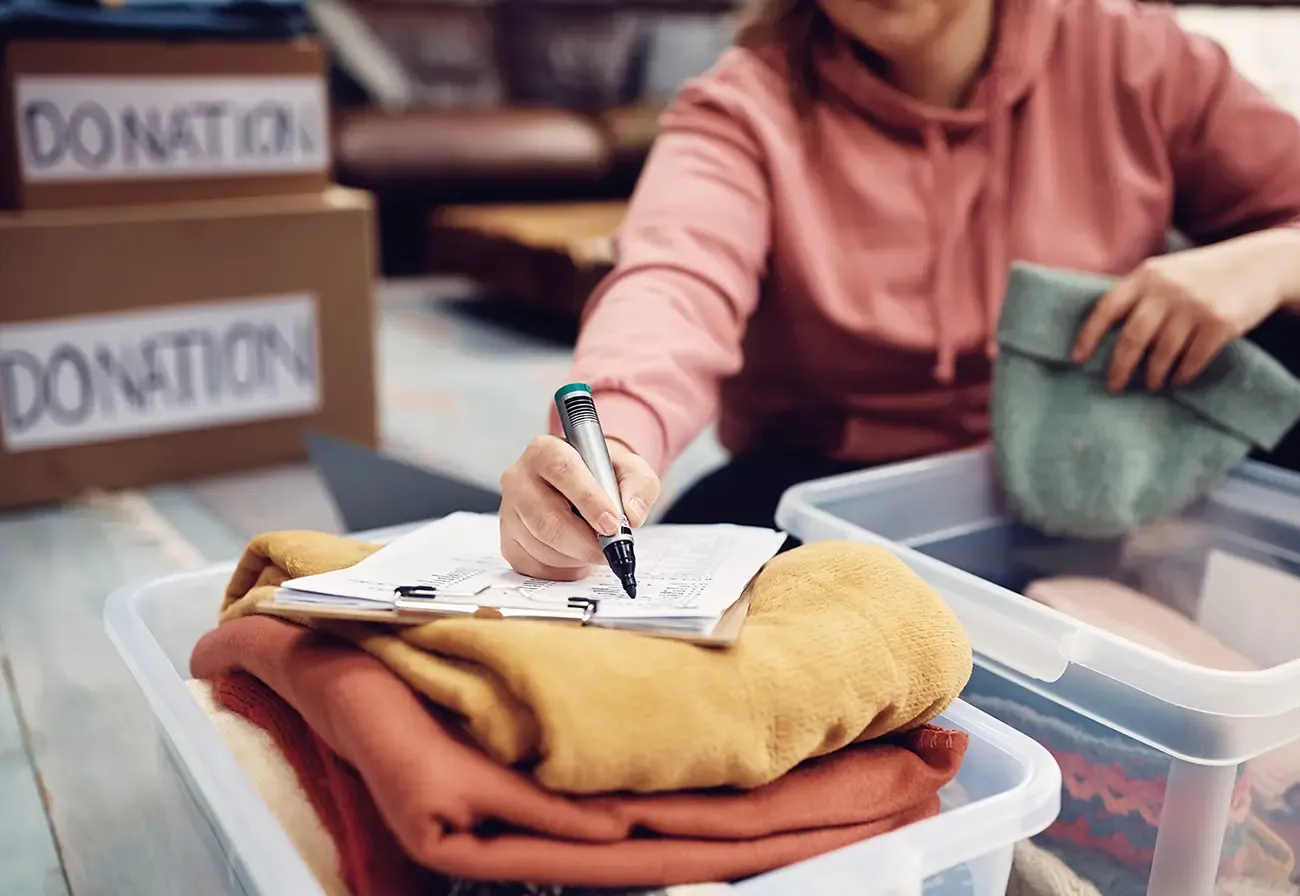
Rangatahi responding to need
The rangatahi who work with Hawke’s Bay-based research organisation Toi Matarua were quick to offer help to their communities when the cyclone hit.
Toi Matarua is a rangatahi-led research organisation that specialises in health and wellbeing, social and justice issues pertaining to Māori. Research lead Sarah Pihema (Ngāpuhi, Ngāti Kahu ki Whangaroa) says that immediately after the cyclone, they received messages from rangatahi asking what they can do to help.
“That led to a group of them going down regularly to Pukemokimoki Marae to assist with all the resources that were coming in from all over the country, sorting them out, packing them and distributing them.”
Sarah says the group supported the marae’s kaumātua.
“The rangatahi were supporting kaumātua where needed. They were so responsive, it was amazing to watch.”
Toi Matarua’s rangatahi have also started a fundraiser selling kawakawa balm and donating all the profits to those in need within their community.
“During a leadership wānanga, they learned how to use indigenous tools to help their mental health, their hauora, and last year, they learned to make kawakawa balm – the whole process from picking the leaves to sealing the jars and sending them off.
“It’s been awesome because it gives them a sense that they’re able to contribute in a positive way to their communities,” Sarah says.
Visit toimatarua.com to find out more about Toi Matarua or to purchase kawakawa balm for $15 a jar.
Know someone who might enjoy this?
Read this next
-
March 2021
Land, sea and myth: Revisiting Hawke's Bay
-
March 2022
Forging paths for future leaders
-
November 2022
The art of empowering rangatahi
-
November 2022
Hard talk: Helping tamariki with tricky topics
Greater good
See all-
March 2021
Candles for a cause
-
March 2021
Helping Kiwi babies thrive
-
March 2021
Creating a Deaf-inclusive Aotearoa
